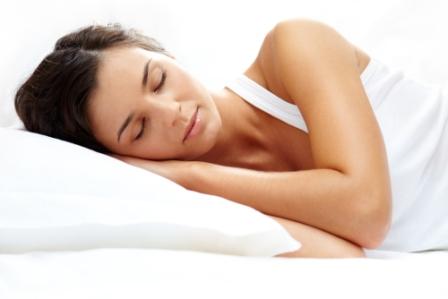Sleep and Autism
 Sleep problems are very common in autistic people but not all autistic people have sleep problems.
Sleep problems are very common in autistic people but not all autistic people have sleep problems.
Those sleep problems include difficulty falling asleep, waking during the night, erratic/irregular sleep patterns, shorter total sleep, other arousals/ disturbances and daytime sleepiness.
There are a number of factors associated with sleep problems in autistic people. These include
- Learnt behaviours, such as not knowing when and how to fall asleep.
- Adherence to routines and repetitive behaviours.
- Sensory sensitivities, such as finding certain noises disturbing or frightening.
- Neurological conditions, such as abnormal circadian rhythm (body clock) or epilepsy.
- An “active mind” with “racing thoughts” and the inability to unwind and let thoughts go.
- Coexisting developmental conditions, such as attention deficit hyperactivity disorder.
- Mental health problems, such as anxiety and depression.
- Medical problems, such as reflux and constipation.
- Side effects of medications, such as stimulants.
- Use of electronic devices, such as computers, as part of the bedtime routine.
Taken together, these problems may make it difficult to function normally, to attend school/college and/or to hold down regular employment.
There are a number of interventions designed to overcome sleep problems in people. These include behavioural approaches, medications, and dietary supplements.
There is very little research evidence on the effectiveness of most of these interventions for autistic people.
The National Institute for Health and Care Excellence (NICE) and the Autism Treatment Network (ATN) Sleep Committee have each developed clinical guidelines on how to approach and treat sleep problems in autistic children and adolescents.
These guidelines stress the importance of drawing up an appropriate treatment plan based on identifying the underlying cause or causes of the specific sleep problems.
Further research is required to examine the impact of poor sleep on autistic people and to examine those interventions which appear to be effective.
- Updated
- 16 Jun 2022
- Last Review
- 01 May 2018
- Next Review
- 01 May 2021

